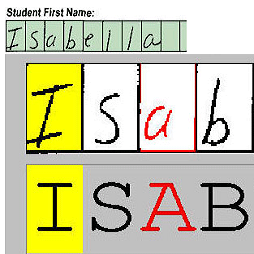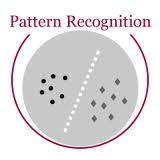This paper aims to make a graph representing an essential skeleton of a character from an image that includes a machine printed or a handwritten character using growing neural gas (GNG) method and relative network graph (RNG) algorithm. The visual system in our brain can recognize printed characters and handwritten characters easily, robustly, and precisely. How does our brain robustly recognize characters? The visual processing in our brain uses the essential features of an object, such as crosses and corners. These features will be helpful for character recognition by a computer. However, extraction of the features is difficult. If the skeleton of a character is represented as a graph, we can more easily extract the features. To extract the skeleton of a character as a graph from an image, this paper proposes the new approach using GNG and RNG algorithm. I achieved to extract skeleton graphs from images including distorted, noisy, and handwritten characters.
翻译:本文的目的是从图像中绘制一个图形,代表一个字符的基本骨架,图像中包含一个印刷机或手写字符,其中使用不断增长的神经气(GNG)方法和相对网络图(RNG)算法。我们的大脑中的视觉系统可以很容易、有力和准确地识别打印的字符和手写字符。我们的大脑如何强有力地识别字符?我们的大脑中的视觉处理使用一个对象的基本特征,例如交叉和角。这些特征将有助于计算机识别字符。然而,提取特征是困难的。如果一个字符的骨架以图表形式表示,我们可以更容易地提取特征。要从图像中提取一个字符的骨架,本文建议使用GNG和RNG算法的新方法。我从扭曲、吵闹和手写字符等图像中提取了骨架图。





